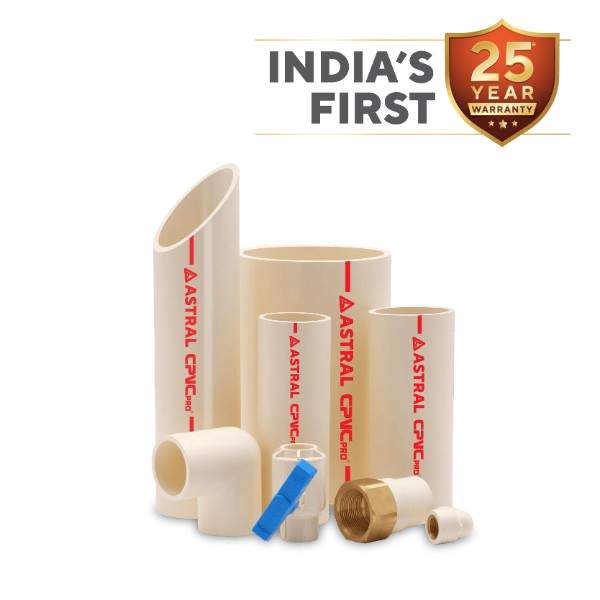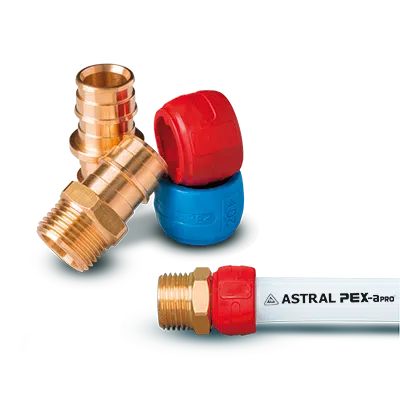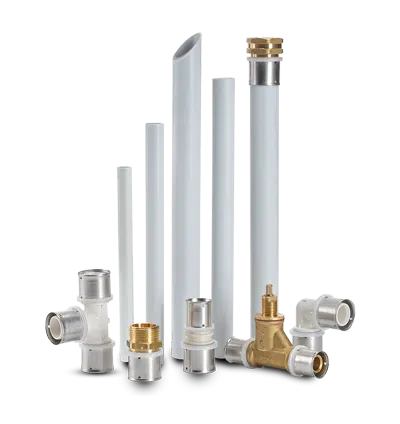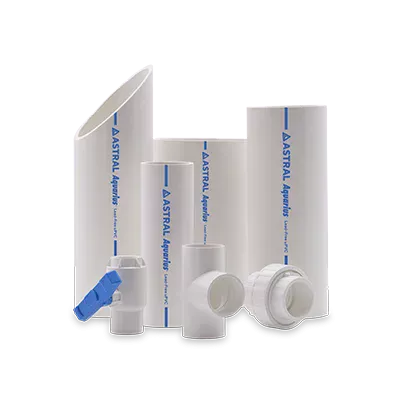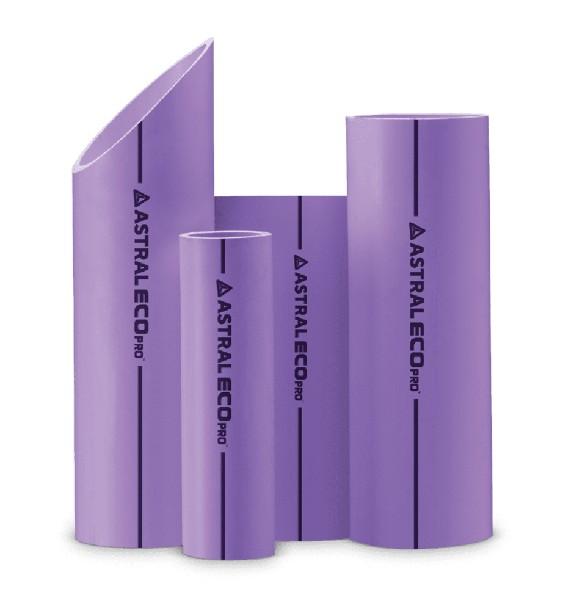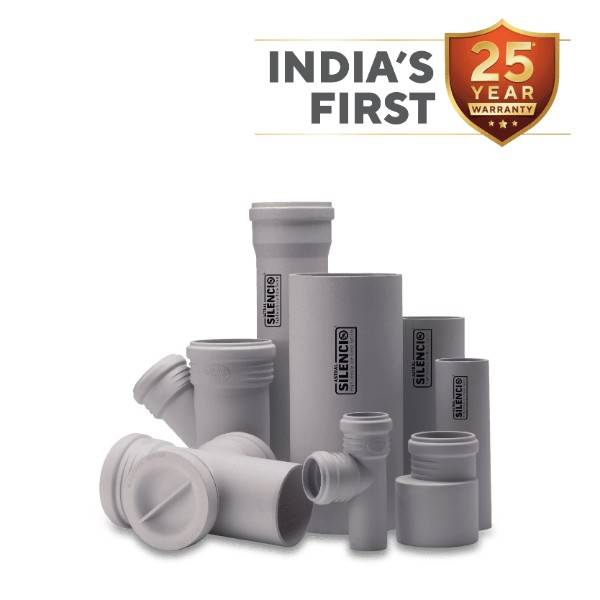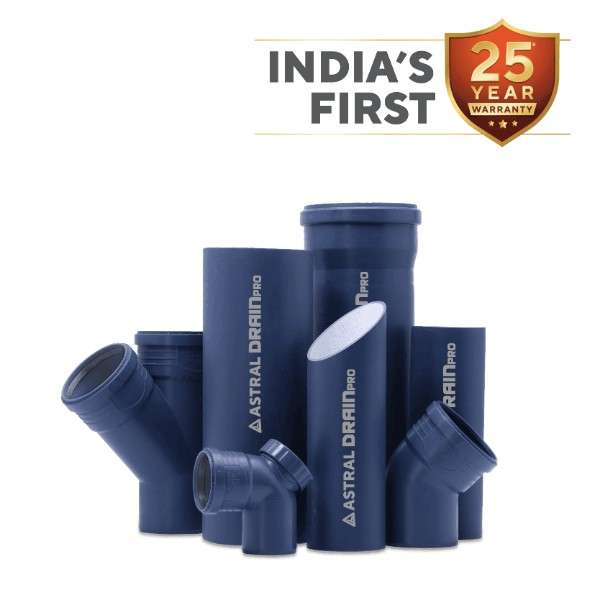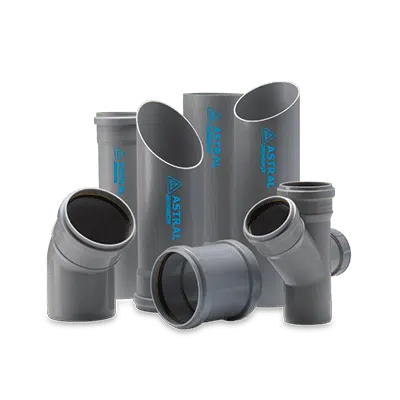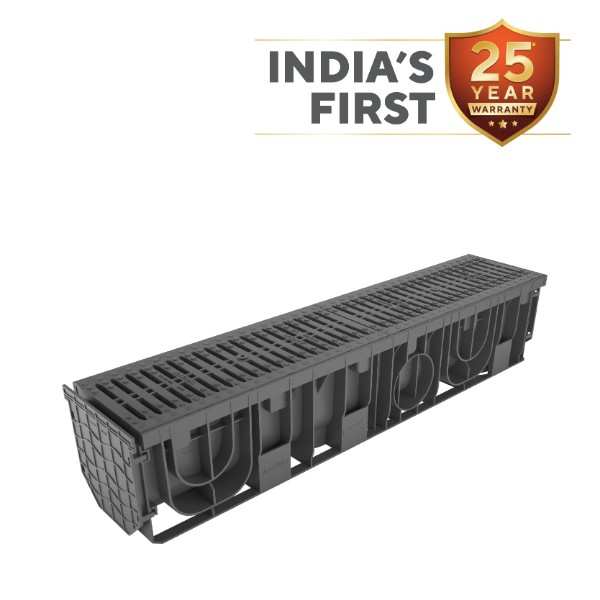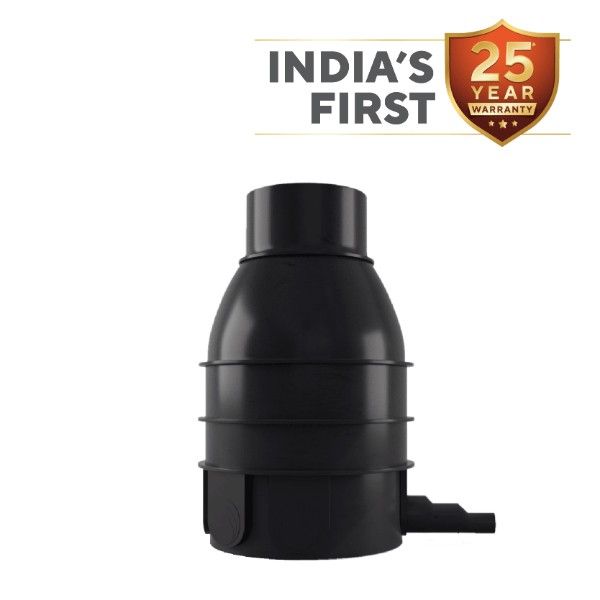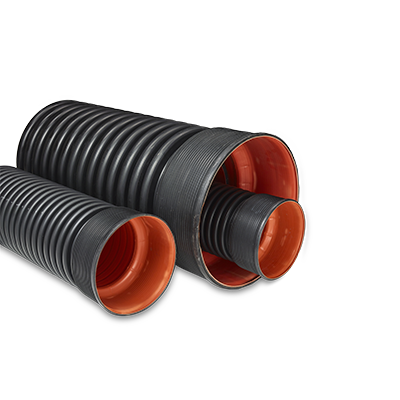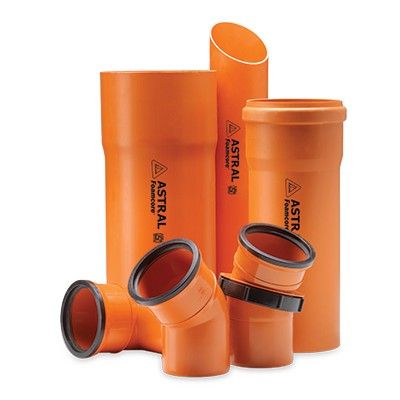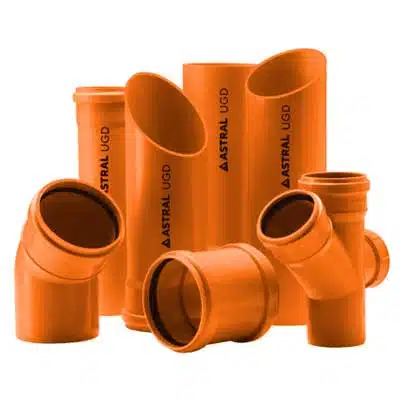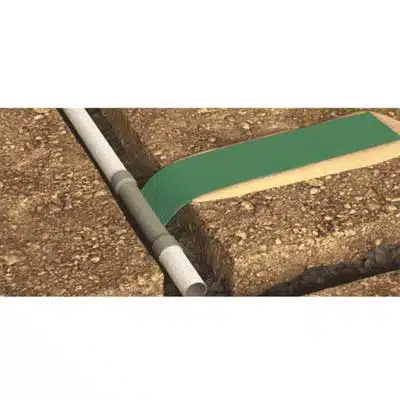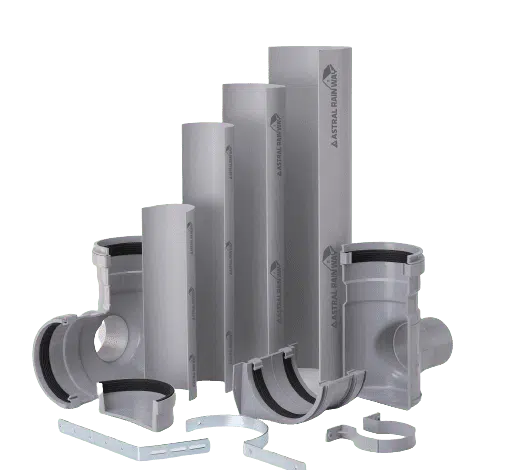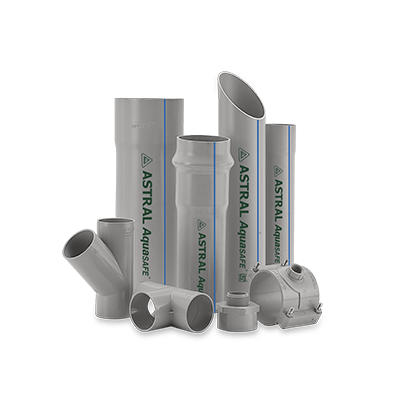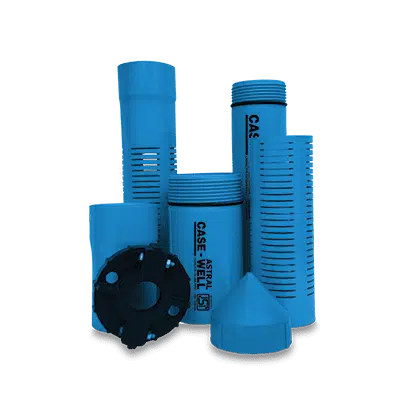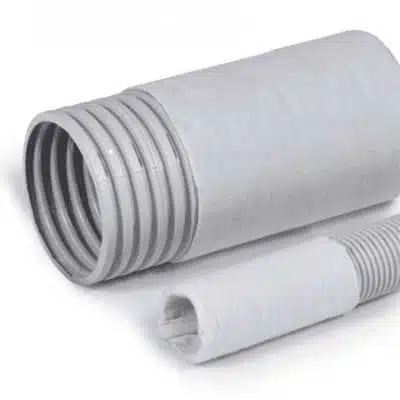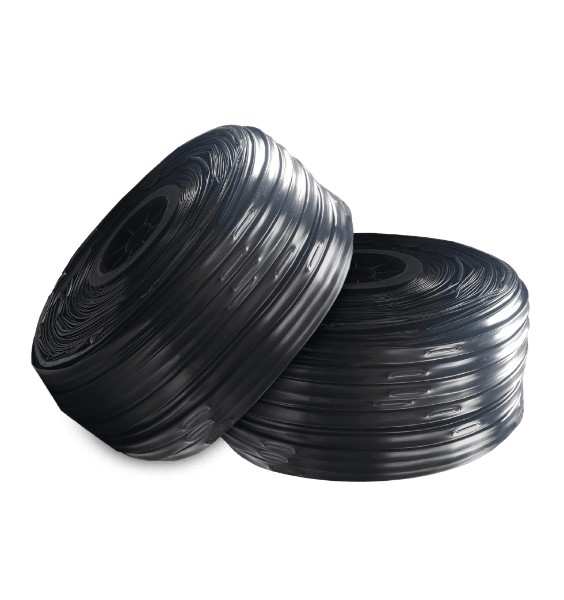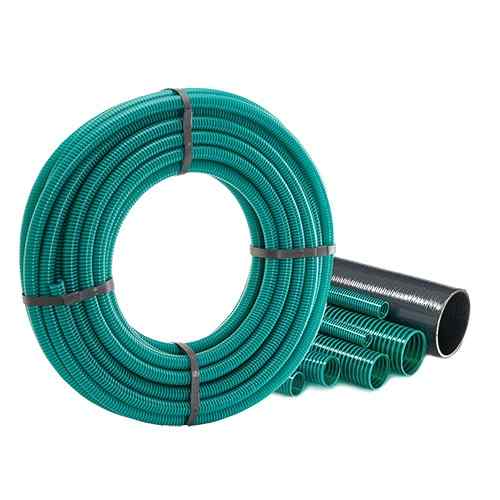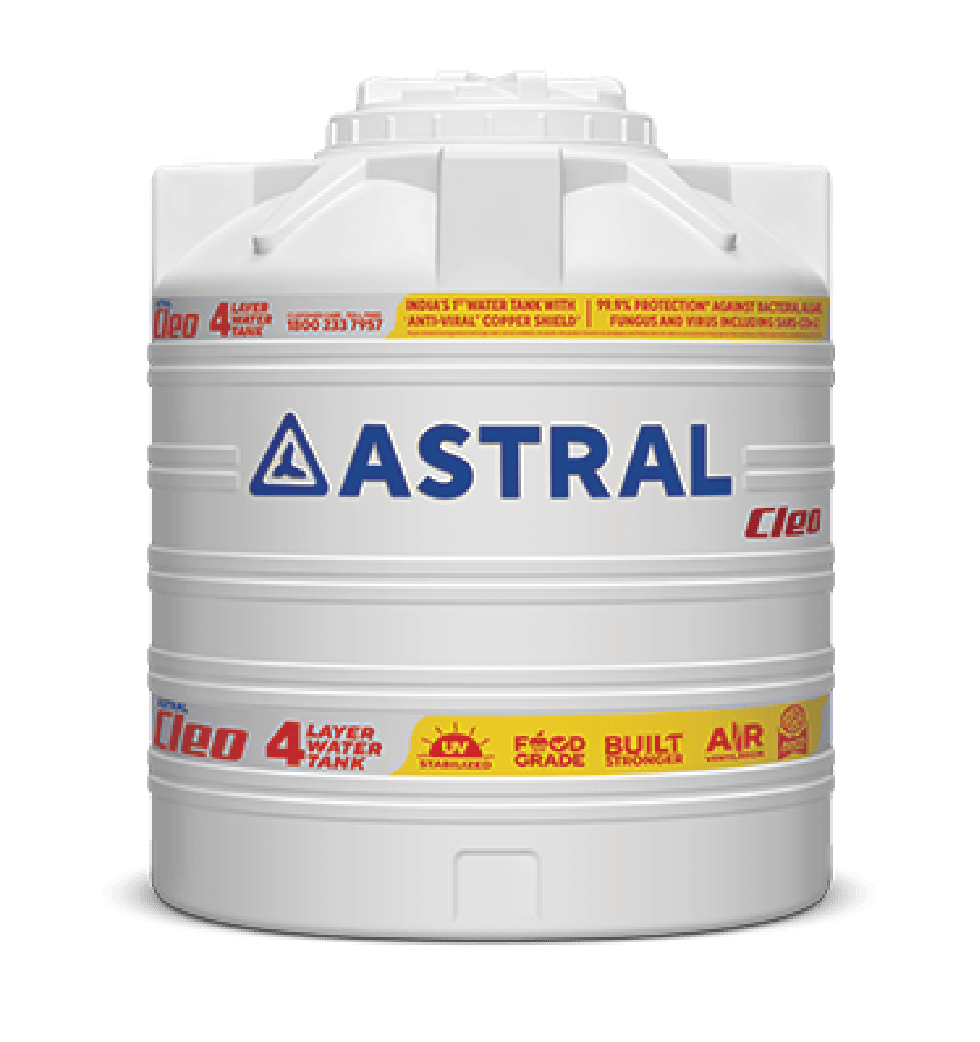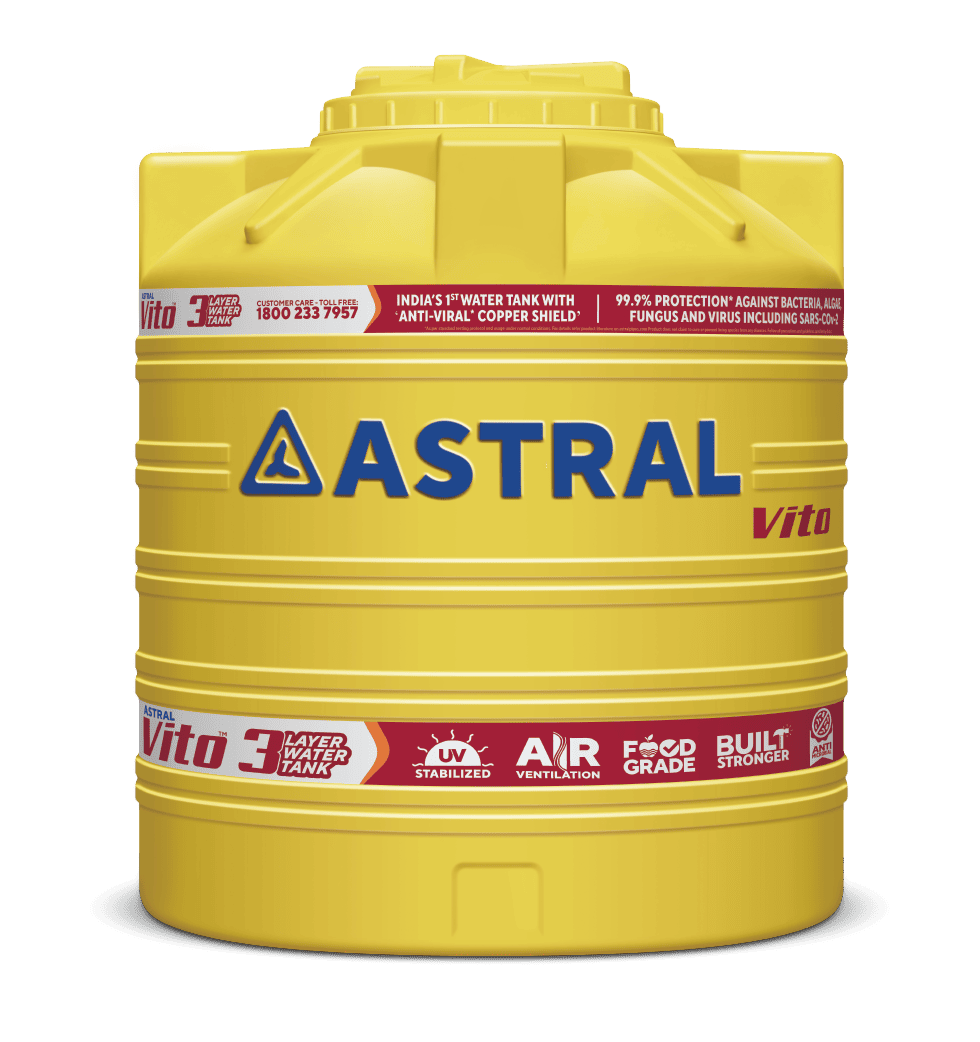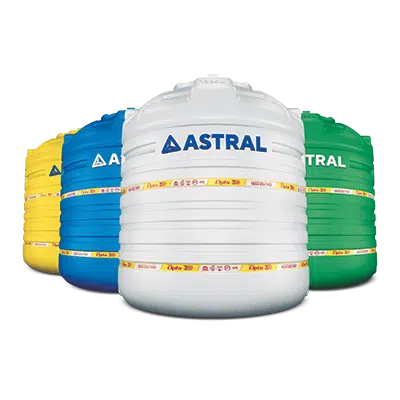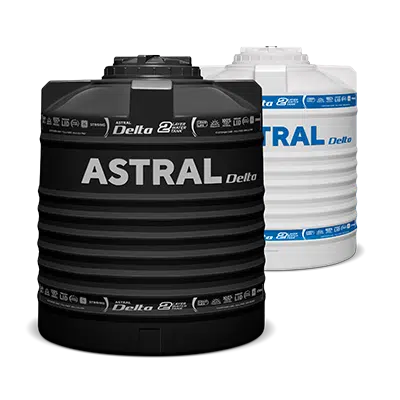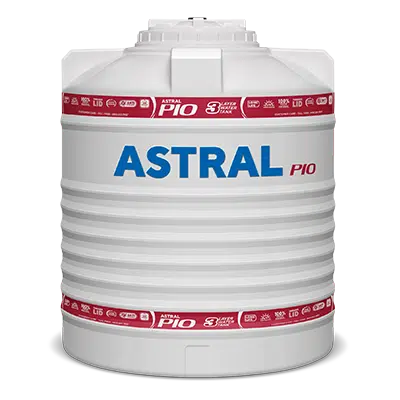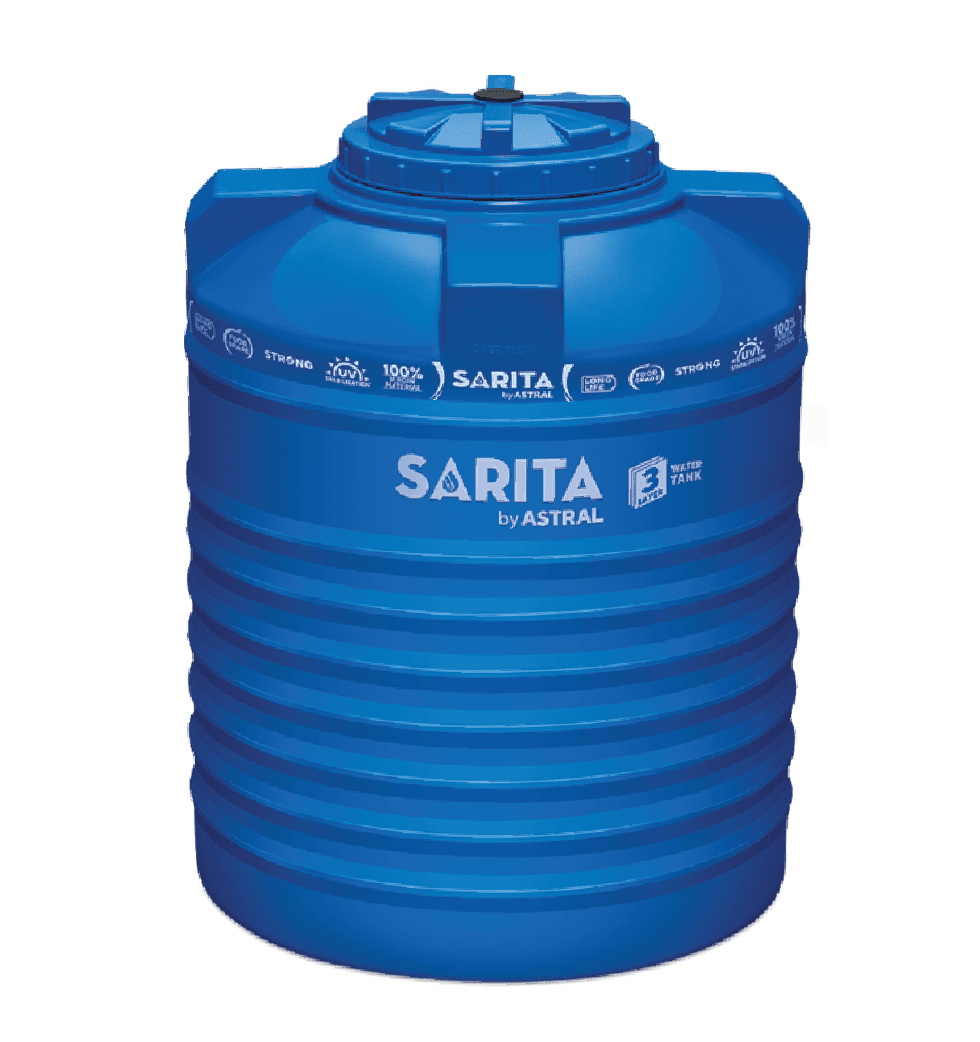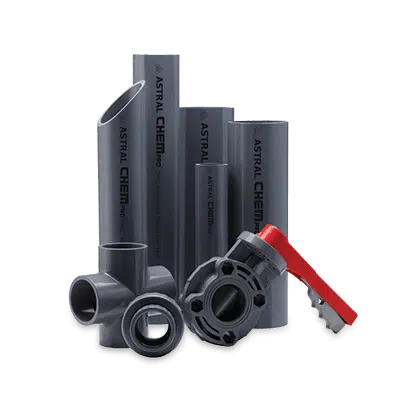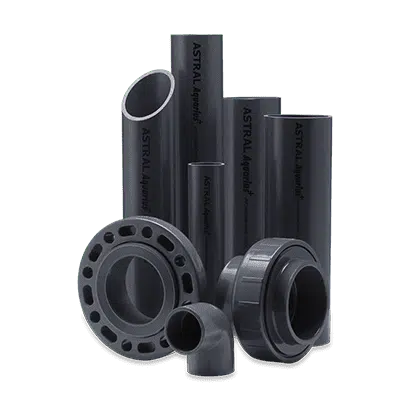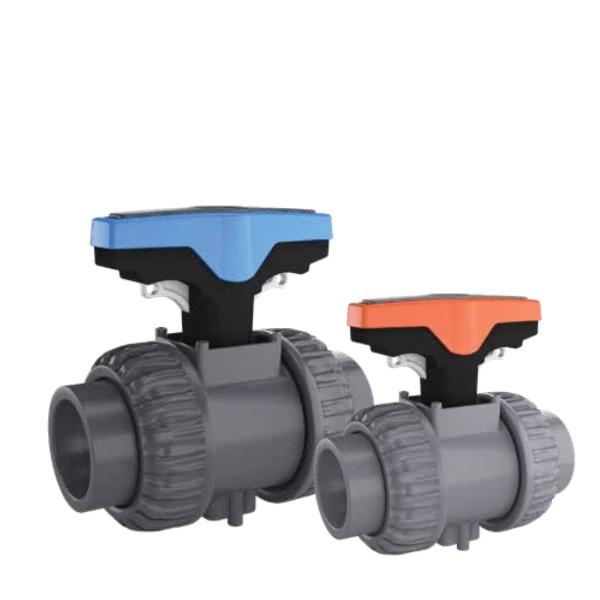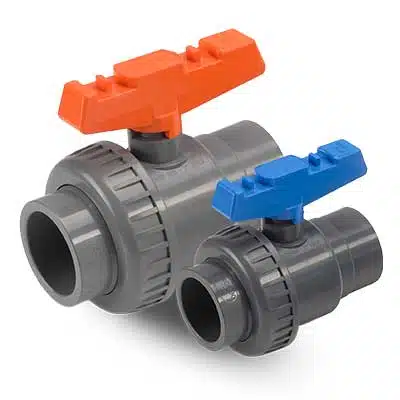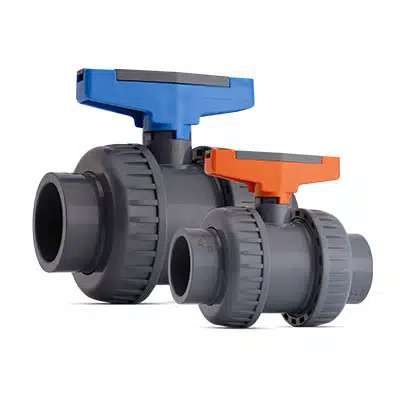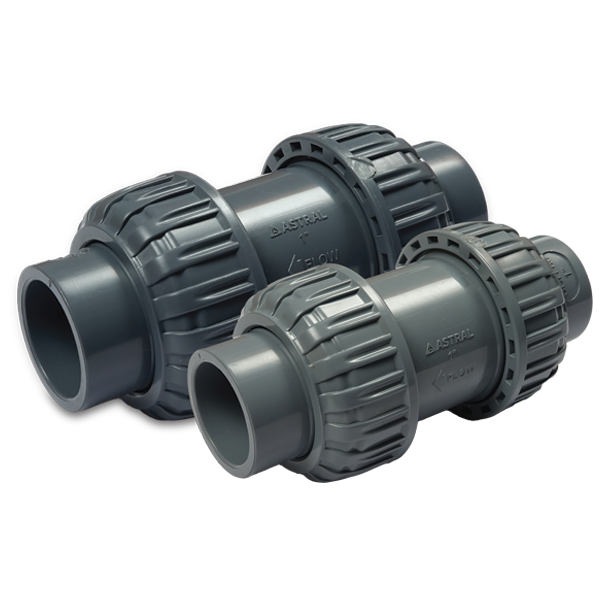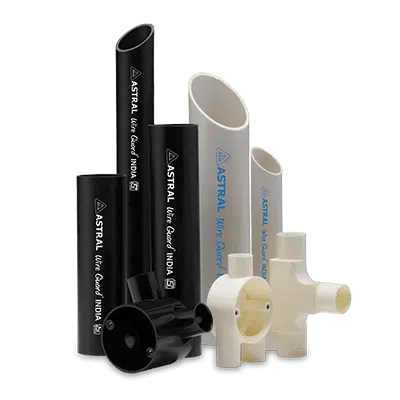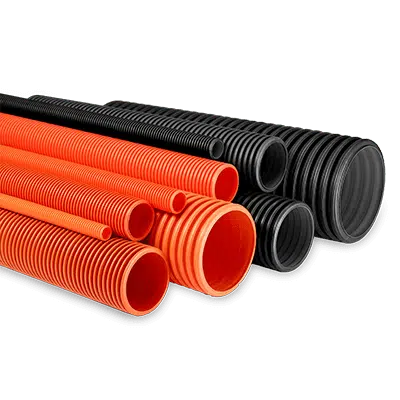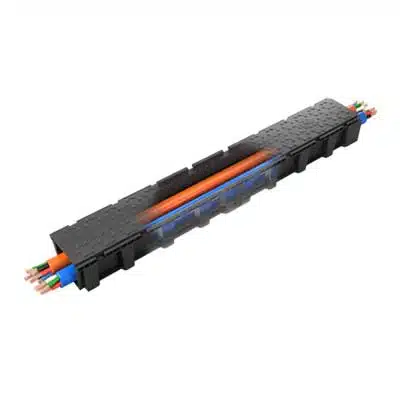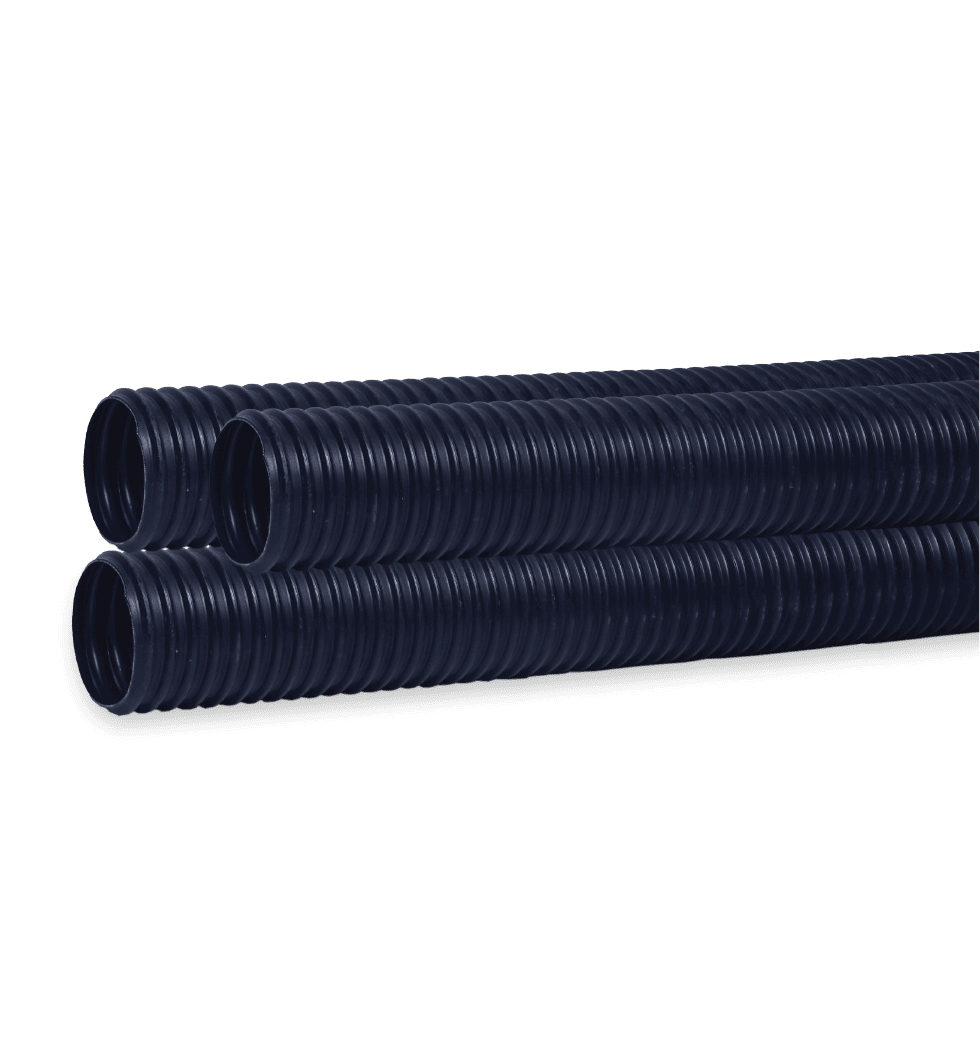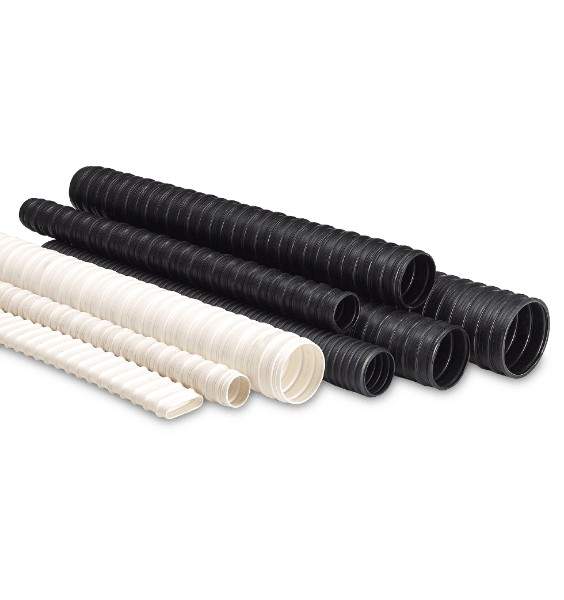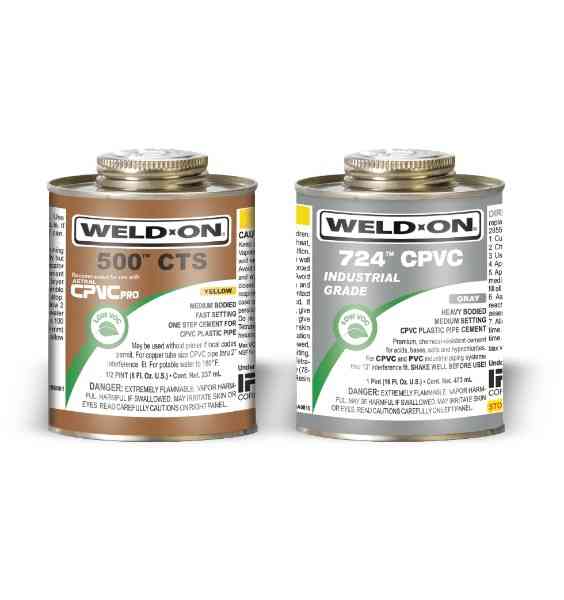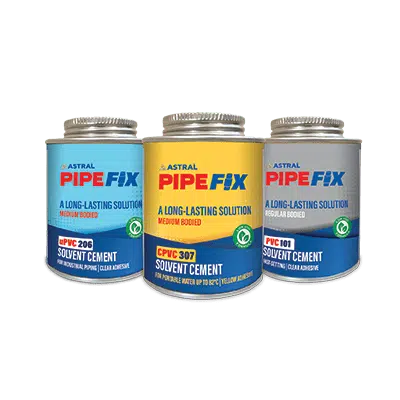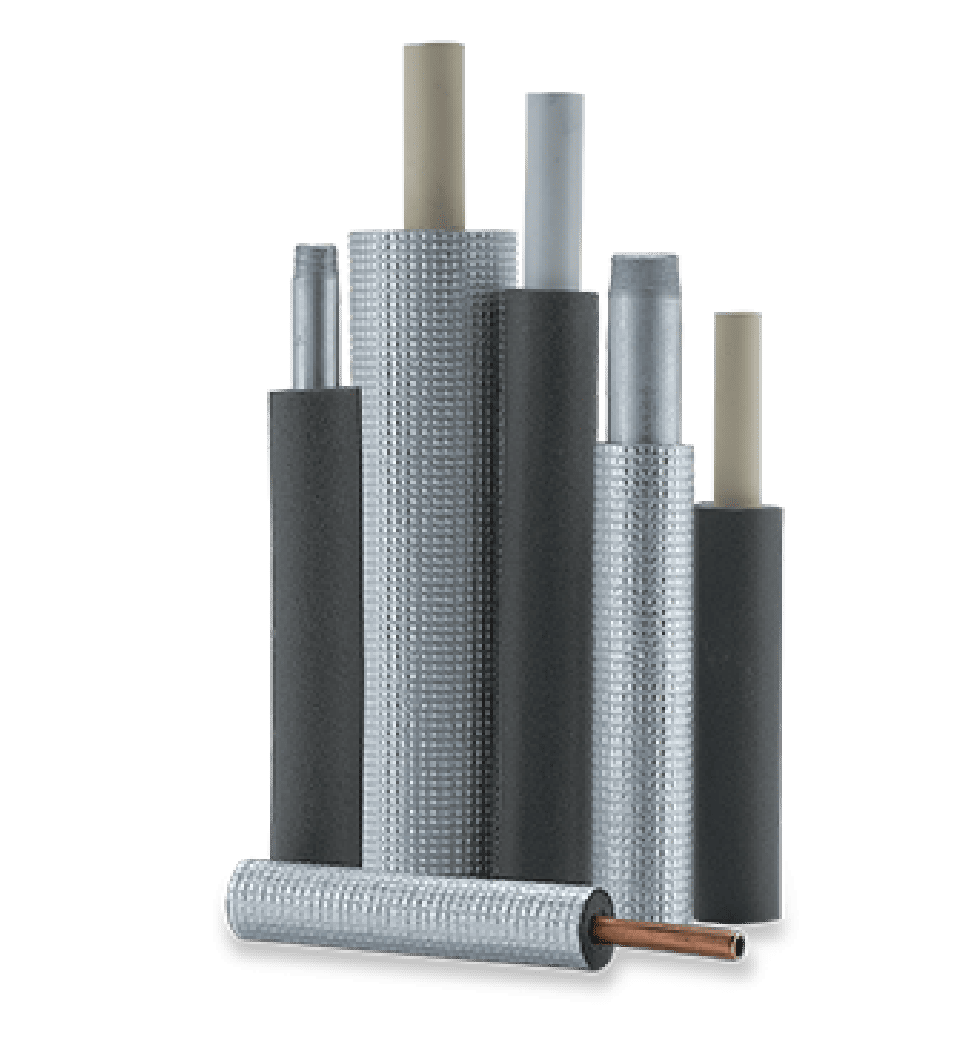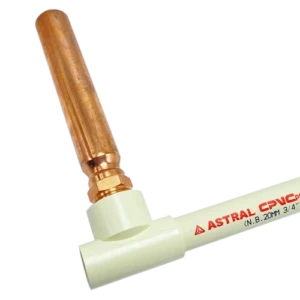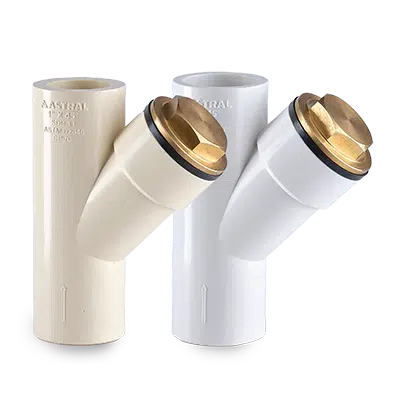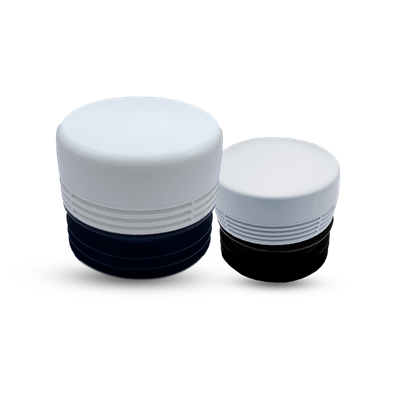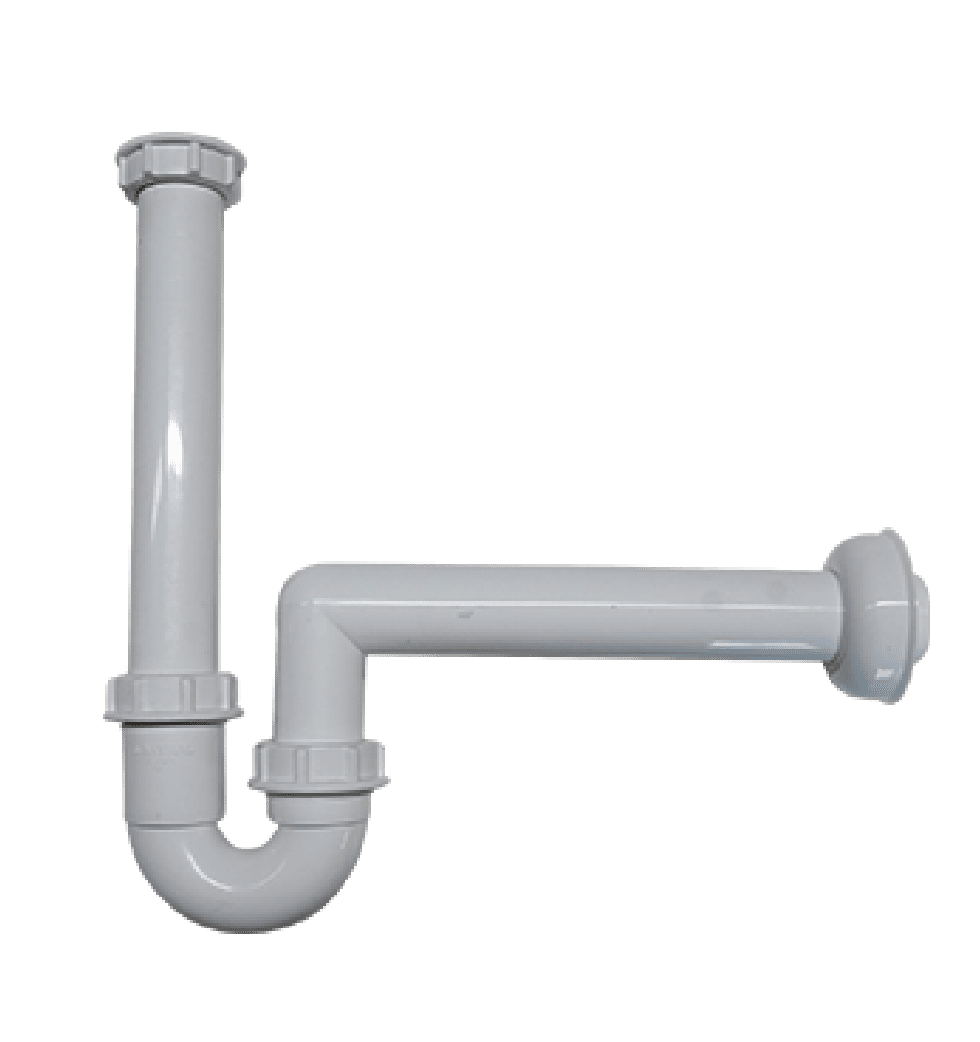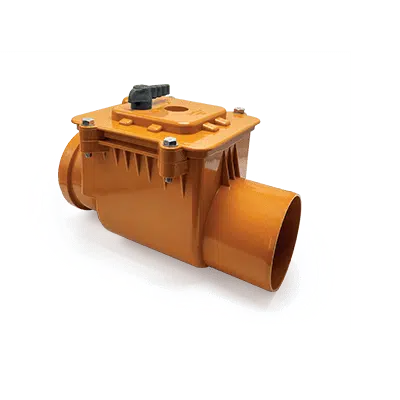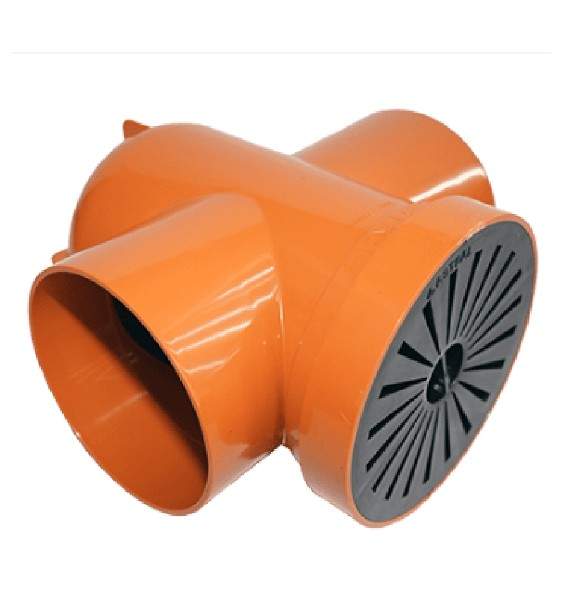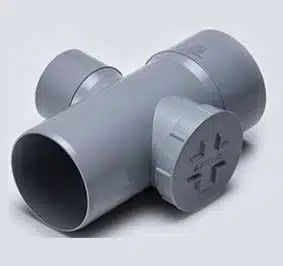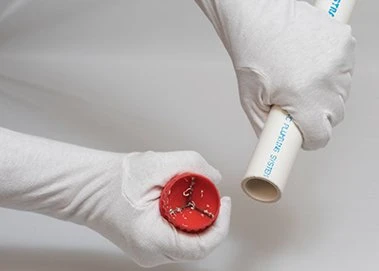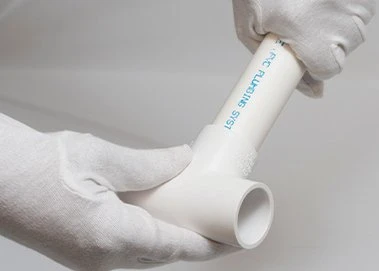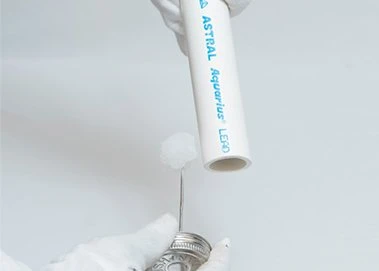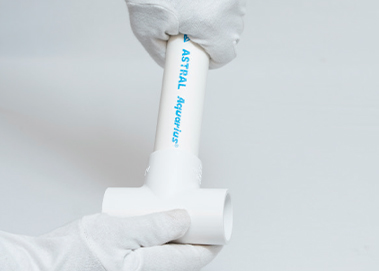What are UPVC Pipes?
Unplasticized Polyvinyl Chloride (UPVC) pipes are a type of plastic piping widely used for plumbing and water supply applications. These pipes do not contain plasticisers, which makes them durable and resistant to corrosion. UPVC pipes are ideal for transporting potable water, industrial liquids and chemicals due to their non-toxic and chemical-resistant nature.
One of the key benefits of UPVC pipes is their lightweight yet robust construction. UPVC pipes are easy to handle and install, which reduces labour costs. UPVC pipes do not react with water or other transported substances. This ensures long-term performance without degradation.
Additionally, UPVC pipes offer excellent resistance to UV radiation, which makes them suitable for outdoor applications. Whether for residential, commercial or industrial use, UPVC pipes provide a cost-effective, low-maintenance solution for efficient fluid transport.
UPVC Pipes and Fittings: An Overview
UPVC pipes and fittings are integral components of modern plumbing and drainage systems. Designed for high durability and superior performance, these UPVC pipes ensure leak-proof and corrosion-resistant installations.
UPVC pipes and fittings are available in various sizes and pressure ratings to suit different applications. From potable water distribution to industrial chemical handling, UPVC pipes offer a safe and reliable piping solution. The smooth inner surface of UPVC pipes minimises friction loss, which enhances water flow efficiency.
Common types of UPVC fittings include elbows, tees, couplings, reducers and valves. These UPVC pipes and fittings enable easy customisation and extension of piping networks. This ensures flexibility in system design. Moreover, UPVC pipes and fittings are environmentally friendly as they are recyclable and have a long service life. Their ability to withstand extreme weather conditions makes them a preferred choice for indoor and outdoor installations.
What Are the Types of UPVC Pipes?
UPVC pipes come in different types to cater to diverse applications. Here are some of the most commonly used types of UPVC pipes:
1. UPVC Pressure Pipes
UPVC pipes are designed for high-pressure water distribution, these pipes are used in municipal and industrial applications.
2. UPVC Plumbing Pipes
UPVC pipes are widely used in residential and commercial plumbing systems for potable water supply.
3. UPVC Drainage Pipes
Ideal for waste and stormwater drainage, UPVC drainage pipes ensure efficient flow and prevent blockages.
These are the types of UPVC pipes designed to meet specific industry standards, which ensure high performance and reliability in various applications. If you are curious about what is difference between PVC and UPVC, the next section provides a detailed explanation.
What is the Difference Between PVC and UPVC?
The primary difference between PVC and UPVC lies in their composition and usage. PVC pipes contain plasticizers that make them flexible and suitable for applications like cable insulation. In contrast, UPVC stands for Unplasticized Polyvinyl Chloride, meaning it does not contain plasticisers. This makes it rigid and more durable.
UPVC pipes are commonly used for plumbing, water supply and industrial applications due to their strength, chemical resistance and longevity, whereas PVC pipes are more suited for flexible applications such as wiring and packaging.
Choosing UPVC pipes ensures a long-lasting and efficient piping system for various applications.
Why Choose Astral Aquarius for the Plumbing System of Potable Water?
In 2004, Astral introduced the Aquarius lead-free uPVC pipes and fittings for potable water, which was a significant milestone in the Indian piping industry. This innovation in uPVC pipes was designed specifically for cold water applications, with a maximum service temperature of 60°C. Traditionally, PVC pipes with threads were used in these applications, but they often caused leakage. They offered less hydraulic strength due to threading and posed installation challenges.
The Aquarius system, with its solvent weld joint, offers double the pressure-bearing capacity compared to conventional PVC threaded pipes. This enhancement of UPVC pipes and fittings ensures a leak-proof installation and simplifies the overall process, which makes it more efficient and reliable.
Advantages of UPVC Pipes and Fittings
UPVC pipes are widely recognised for their exceptional benefits, which makes them a popular choice for various applications. Below are some of the key advantages of UPVC pipes:
1. Durability and Longevity with UPVC Pipes
UPVC pipes have a high tensile strength and are resistant to wear and tear, which ensures a long service life. Their robust construction prevents cracking and leakage. This makes them a reliable option for fluid transportation.
2. Corrosion and Chemical Resistance of UPVC Pipes
Unlike metal pipes, UPVC pipes do not corrode or rust. They are resistant to a wide range of chemicals, which makes them suitable for transporting industrial fluids and wastewater.
3. Lightweight and Easy Installation with UPVC Pipes
The lightweight nature of UPVC pipes makes them easy to handle and install, reducing labour and transportation costs. They can be quickly joined using solvent cement, which eliminates the need for complez installation procedures.
4. Low Maintenance are UPVC Pipes
UPVC pipes require minimal maintenance over their lifespan. They do not develop scale or deposits. This ensures smooth water flow and reduces the need for frequent cleaning or repairs.
5. Non-toxic and Safe for Water Supply with UPVC Pipes
UPVC pipes are free from harmful chemicals, which makes them safe for carrying potable water. They do not alter the taste, odour or quality of water, ensuring a clean and safe supply.
6. High UV Resistance with UPVC Pipes
These pipes can withstand prolonged exposure to sunlight without deteriorating, which makes them ideal for outdoor installations.
7. UPVC Pipes Are Cost-Effective
With their long lifespan and low maintenance requirements, UPVC pipes and fittings provide a cost-effective plumbing solution for residential, commercial and industrial applications.
Key Properties of Astral Aquarius Lead-free UPVC Pipes
Astral’s lead-free uPVC pipes are designed with superior quality and performance in mind. Here are some of the standout features you can expect:
1. Strong and Lightweight
The Astral Aquarius lead-free uPVC pipes and fittings are robust, durable and boast high tensile and impact strength. Despite its strength, the system is lightweight, which makes transportation and installation easier and more efficient.
2. Durable
Free from issues like rusting, weathering and chemical reactions, the Astral Aquarius uPVC pipes and fittings guarantee a service life of over 50 years. This durability ensures long-term reliability and cost-effectiveness for users. The long lifespan of these pipes means fewer replacements and repairs and significant savings over time.
3. Fire Resistant
Difficult to ignite inherently, the Astral Aquarius system stops burning once the heat source is removed. These uPVC pipes and fittings provide exceptional performance, which exhibits lower combustibility, reduced flammability, minimal flame propagation and decreased heat release.
Recent advancements have further improved their resistance to acid emissions, smoke generation and overall fire resistance. They are particularly suitable for applications in environments where fire safety is a concern.
4. UV Stabilised
Designed for outdoor use, the Astral Aquarius lead-free plumbing system can withstand exposure to sunlight. However, for added protection, Astral recommends using a standard grade of exterior latex paint (water-based). UV stabilisation ensures that the uPVC pipes and fittings do not degrade or lose their properties when exposed to sunlight. This maintains their performance and longevity.
5. Easy to Install
The Astral Aquarius lead-free uPVC pipes and fittings can be easily cut, shaped, welded and joined, which simplifies the installation process. This ease of installation reduces labour costs and minimises the time required to complete plumbing projects.
6. Safe Material for Drinking Water
Made from non-toxic, lead-free materials, Astral Aquarius uPVC pipes are safe for transporting potable water. These uPVC pipes and fittings meet international standards for safety and health. Ensuring the safety of drinking water is paramount and Astral Aquarius pipes ensure that water remains free from contaminants.
7. Maximum Flow Rate
With a smooth inner surface, Astral Aquarius uPVC pipes ensure high flow rates and minimal frictional losses. High flow rates mean efficient water transport, which reduces energy consumption in pumping and ensures adequate water supply even in high-demand situations.
8. Chemical Resistance
uPVC pipes do not react much to minerals, acids, alkalis, salts or paraffinic hydrocarbon solutions. This resistance to chemicals makes Astral Aquarius uPVC pipes suitable for a wide range of industrial applications where exposure to harsh substances is common.
9. Good Insulator
As non-conductors of electricity, Astral Aquarius uPVC pipes and fittings make the plumbing system safe to use with electrical tools and equipment. This property adds an extra layer of safety, especially in environments where electrical installations are close to plumbing systems.
10. Wide Range
The Astral Aquarius lead-free uPVC pipes are available in sizes ranging from 1⁄2” (15 mm) to 12” (300 mm). It includes a wide range of fittings, transition fittings, valves and specially designed brass-insert fittings to accommodate various design requirements.
Versatile Applications of uPVC Piping Systems
Astral Aquarius lead-free uPVC pipes and fittings are versatile and suitable for various applications, including the following:
- Cold Water Plumbing Application : Ideal for residential and commercial cold water supply systems.
- Water Distribution Mains : Used in municipal and industrial water distribution networks.
- Industrial Process Lines : Suitable for transporting industrial fluids.
- Swimming Pools : Perfect for pool water circulation systems.
- Plants and Tanning Plants : Used in various plant operations requiring robust piping solutions.
- Hand Pumps : Reliable for hand pump installations in rural areas.
- Sugar, Paper and Distillery Industries : Suitable for fluids
Astral’s Lead-Free uPVC Pipes & Fittings
With an excellent commitment to quality and safety, Astral’s lead-free uPVC pipes and fittings have set new standards in the industry.
Lead is a naturally occurring element with no known biological benefits for humans and its consumption can lead to severe health issues, including lead poisoning. Lead contamination in drinking water has been linked to numerous health problems, especially in children, that include developmental delays, learning difficulties and various physical ailments.
Recognising the hazards of lead, Astral pioneered the use of lead-free piping for potable water, which ensures safe and reliable water transport solutions. The significance of lead-free uPVC pipes cannot be overstated.
- Astral’s lead-free uPVC pipes and fittings have surpassed all quality benchmarks, which makes them a top choice for households and industries alike.
- By eliminating lead from its uPVC pipes and fittings, Astral ensures that the water transported through these pipes remains pure and safe for consumption.
- This commitment to health and safety not only aligns with global best practices but also sets a benchmark for other manufacturers to follow when it comes to uPVC pipes.
How to Install UPVC Pipe and Fittings?
For optimal performance and durability of uPVC pipes and fittings, follow these installation steps:
Step 1: Cutting the uPVC Pipe
Ensure a perfectly square cut using a mitre saw, mechanical cut-off saw, or plastic wheel cutter. Angled cuts may result in joint failure when installing uPVC Pipes.
Step 2: Preparing the UPVC Pipe End
After cutting, use a knife edge, file or deburring tool to remove all burrs from both inside and outside the uPVC Pipe. Create a 10°-15° chamfer (bevel) on the pipe end. Wipe away any dirt, grease or moisture with a clean, dry cloth.
Step 3: Test Fitting UPVC Pipes and Fittings
Gently push the uPVC Pipe into the fitting socket to check compatibility. Neither excessively tight nor loose connections are suitable—aim for a proper fit between uPVC Pipes and fittings.
Step 4: Selecting the Right Applicator for UPVC Pipes
Choose an applicator approximately half the diameter of the uPVC Pipe. An oversized applicator will push too much cement into small uPVC fittings, while an undersized one won’t apply sufficient cement to larger uPVC Pipe systems.
Step 5: Applying Cement to uPVC Pipes and Fittings
Cover the uPVC Pipe exterior with a complete, uniform layer of cement. Apply a moderate amount to the uPVC fitting’s interior surface.
Step 6: Completing the uPVC Pipe Joint
- Insert the uPVC Pipe into the fitting socket until it sits at the bottom. Rotate the pipe a quarter turn and maintain pressure until the uPVC Pipe stays in position.
- Clean off any excess cement from the outside. A properly formed connection between uPVC Pipes and fittings will display a continuous cement bead around the circumference.
- Remember to observe all relevant safety precautions when working with UPVC Pipes.
- Installation of uPVC Pipes and fittings should be carried out professionally following local plumbing, fire and building regulations.
- Correct installation techniques for uPVC Pipes are vital to avoid system failures, property damage and personal injury.
Use uPVC Pipes and fittings as specified by local regulations and applicable ASTM standards. Always adhere to manufacturer guidelines for all associated uPVC Pipe products.


